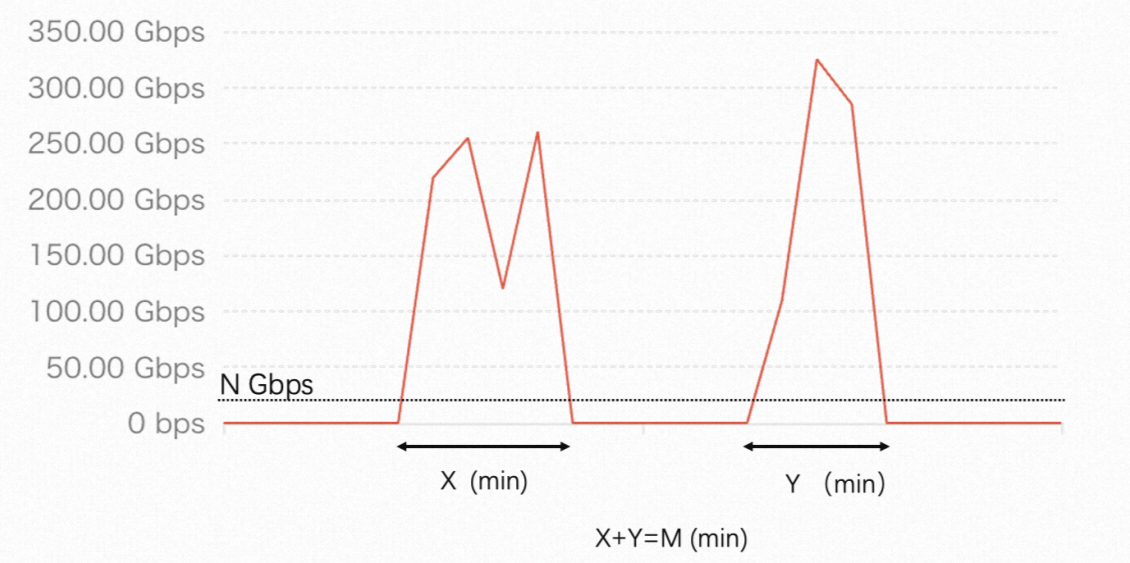This topic introduces the basic concepts of Anti-DDoS Origin.
DDoS attack
Distributed denial of service (DDoS) attacks include volumetric attacks and application-layer attacks.
Volumetric attacks target the network bandwidth of your service. In most cases, attackers manipulate multiple computers or attack simulators to send a large number of requests or data packets to the target server. This exhausts network bandwidths and causes your service to become unavailable.
Application-layer attacks target at servers. During application-layer attacks, the memory of the servers is exhausted by malicious requests or the CPUs of the servers are exhausted by kernels and application programs. As a result, servers cannot respond to normal requests.
Traffic scrubbing
If you want to perform traffic scrubbing, you can use an anti-DDoS device or service to analyze and filter traffic. The anti-DDoS device or service can distinguish service traffic from attack traffic and return only service traffic to your server. This reduces the pressure and risks on the server.
Blackhole filtering
If DDoS attacks exceed the mitigation capability that is provided for a service, blackhole filtering is triggered. Blackhole filtering is used to discard all inbound traffic that is destined for the service. This helps protect other services that are deployed in the same network as the attacked service. For more information, see Blackhole filtering policy of Alibaba Cloud.
Best-effort protection
Best-effort protection defends against DDoS attacks based on the network capacity of the cloud data center. The level of protection is dynamic, improving as Alibaba Cloud enhances its network infrastructure. However, during times of high demand on data center resources, the protection level may be reduced. For details on the protection capabilities of various Anti-DDoS Origin instances, see Mitigation capabilities.
Mitigation sessions
The system logs attack traffic every 5 seconds, resulting in 12 logs per minute. When attack traffic surpasses N Gbit/s, the system calculates the attack duration by summing the values of X and Y, as depicted below. When the total duration exceeds 15 minutes, or 180 logs, a session of best-effort protection is formed.

The red curve in the figure represents the inbound bandwidth of an asset with a public IP address.
For assets within the Chinese mainland, N is set at 20 Gbit/s.
For assets outside the Chinese mainland, N is set at 10 Gbit/s.




















